Apollo group asteroid to pass Earth soon, says NASA; Know how big it is and how close it will get
NASA has tracked an Apollo group asteroid in its orbit which will bring it close to Earth tomorrow, December 28. Know details such as its speed, size, distance of approach, and more.
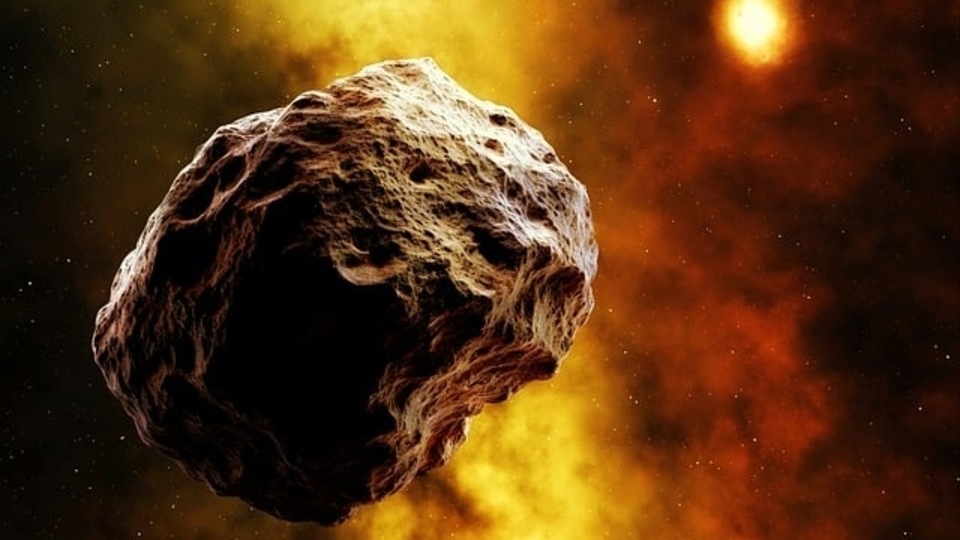
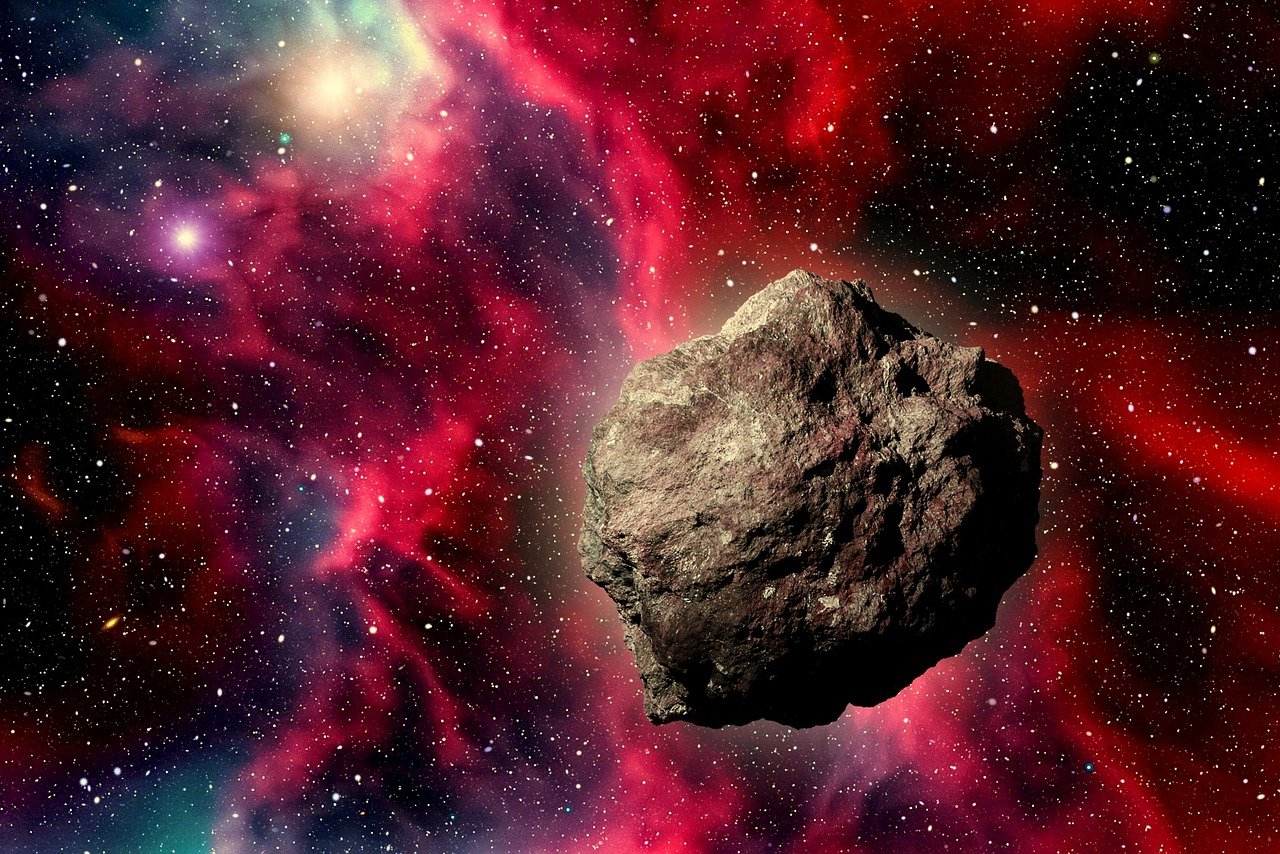
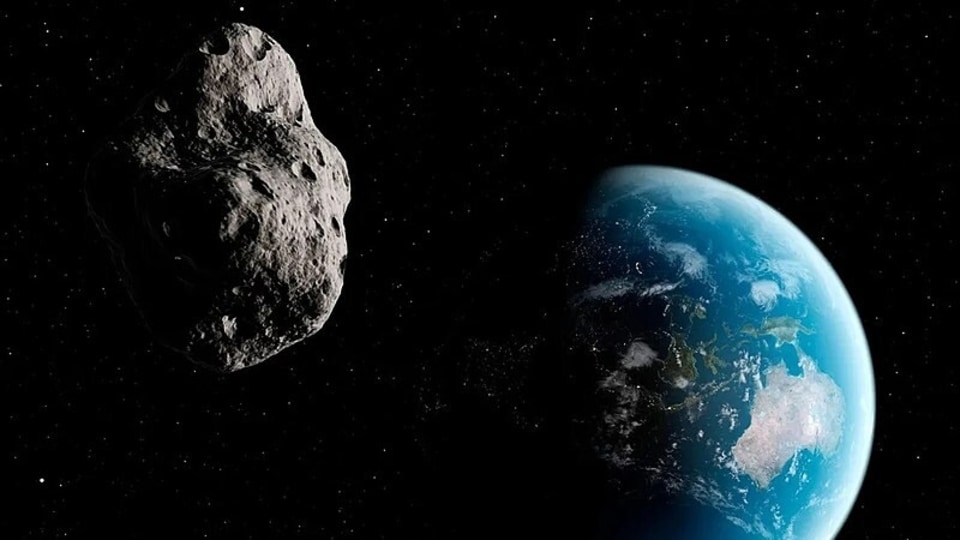
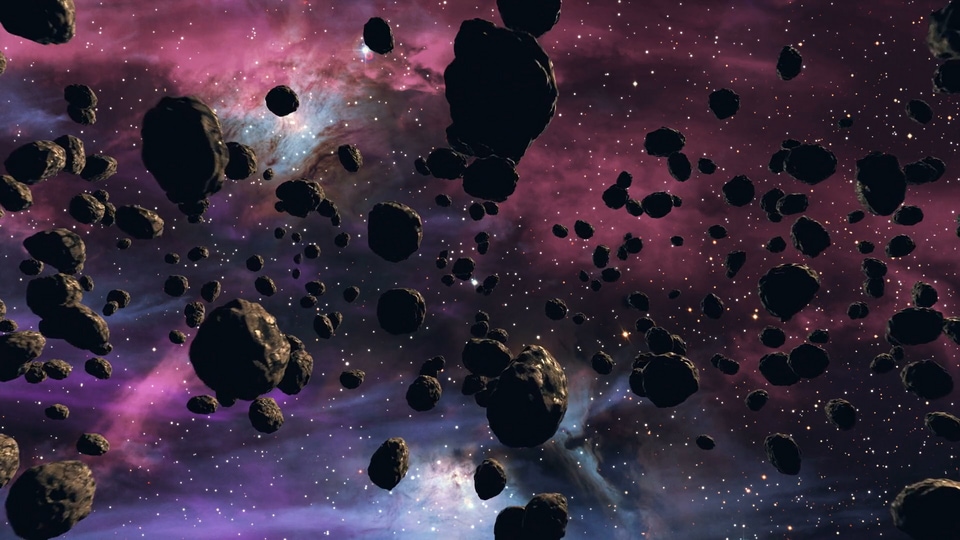
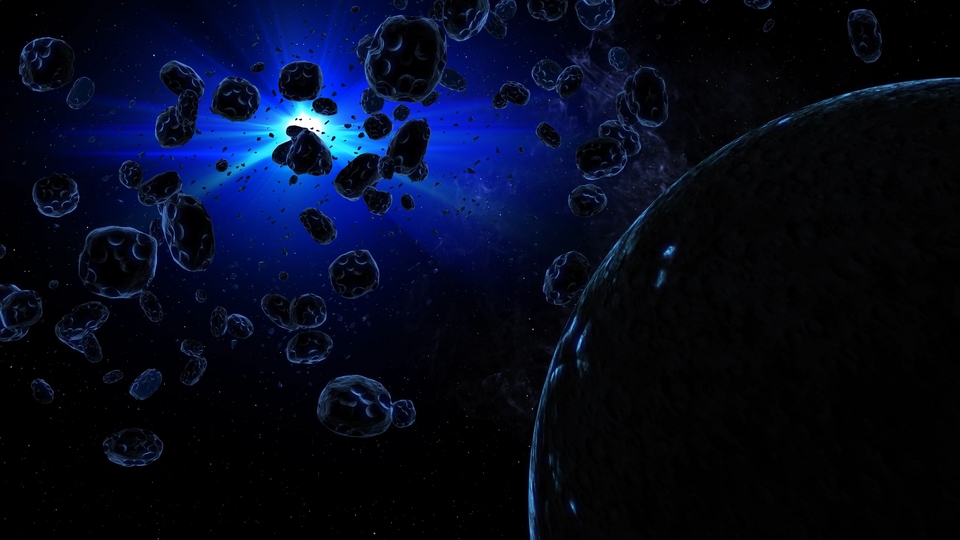

 View all Images
View all ImagesAsteroids are mostly located in the main asteroid belt between the orbits of Mars and Jupiter in our solar system. However, their orbits bring them close to Earth on some occasions, potentially raising the possibility of impact. These close calls with asteroids highlight the importance of continued technological development in asteroid detection and monitoring programs such as NASA's DART test. This will help to ensure the safety of our planet from the potential impact of these space rocks. With the help of its advanced ground and space-based telescopes, NASA has tracked an asteroid whose orbit will bring it very close to Earth tomorrow, December 28. Know all about this close encounter.
Asteroid 2023 YD: Details
As per the Center for Near-Earth Object Studies (CNEOS), an asteroid, given the designation of Asteroid 2023 YD, is on its way toward Earth and could make its closest approach to the planet tomorrow. This near-Earth space rock is expected to pass Earth today at a close distance of just 605,000 kilometers. It is already hurtling in its orbit at a speed of about 35784 kilometers per hour, which is much faster than Intercontinental Ballistic Missiles (ICBMs)!
It belongs to the Apollo group of Near-Earth Asteroids, which are Earth-crossing space rocks with semi-major axes larger than Earth's. These asteroids are named after the humongous 1862 Apollo asteroid, discovered by German astronomer Karl Reinmuth in the 1930s, according to NASA.
How big is the asteroid?
In terms of size, Asteroid 2023 YD is nearly 92 feet wide, which makes it almost as big as an aircraft! Despite being much bigger than the Chelyabinsk asteroid which caused damage on Earth in 2013, this space rock isn't big enough to be classified as a Potentially Hazardous Object and is not expected to cause any damage on Earth.
How do asteroids come close to Earth?
NASA says that the orbits of asteroids can be changed by Jupiter's massive gravity and by occasional close encounters with planets like Mars or other objects. These accidental encounters can knock asteroids out of the main belt and hurl them into space in all directions across the orbits of the other planets.
Catch all the Latest Tech News, Mobile News, Laptop News, Gaming news, Wearables News , How To News, also keep up with us on Whatsapp channel,Twitter, Facebook, Google News, and Instagram. For our latest videos, subscribe to our YouTube channel.































